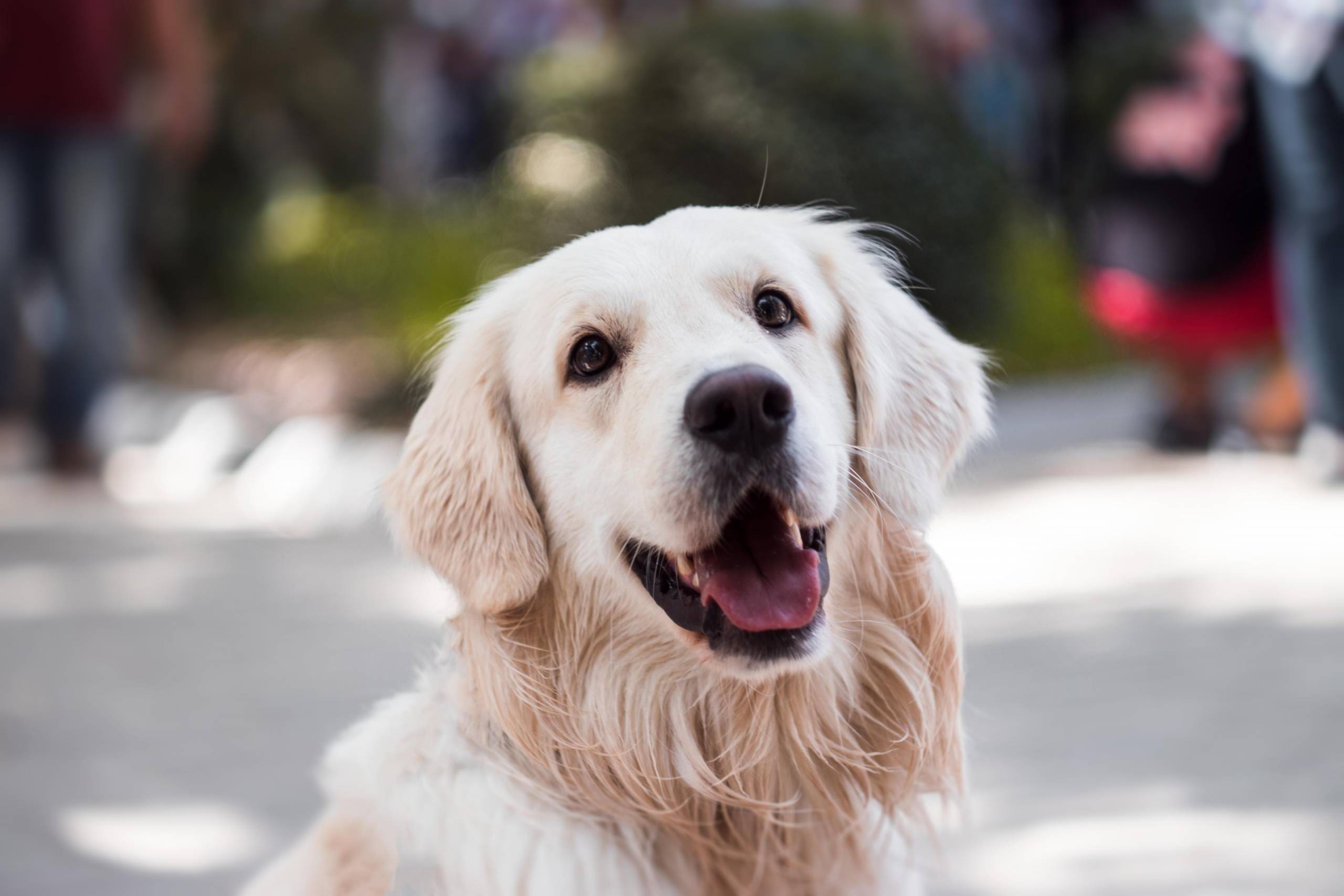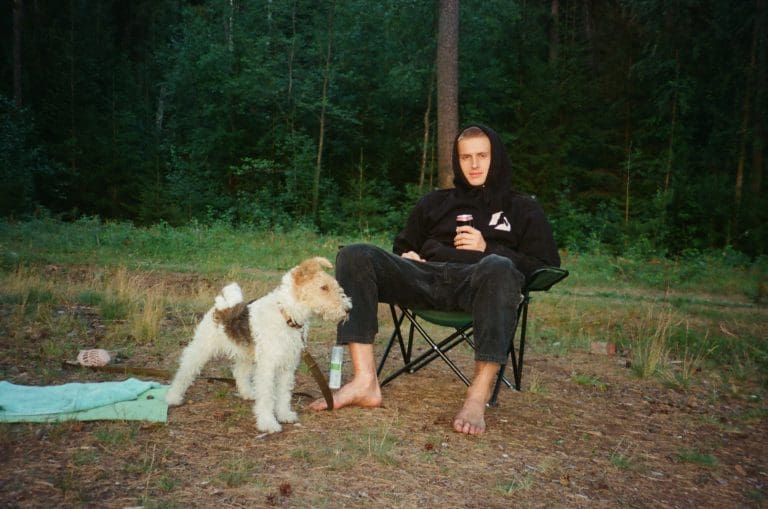Why Is My Dog Scared Of Everything?
Post Date:
December 10, 2024
(Date Last Modified: December 10, 2024)
Many dog owners experience the heartache of watching their furry friends cower in fear at the slightest noise or unfamiliar sight. If you’ve ever asked yourself, “Why is my dog scared of everything?” you’re not alone. Fear is a common issue in dogs and can arise from various sources. Understanding the reasons behind this fear is essential for providing the best support and comfort for your pet.
The Nature of Fear
Fear is a natural emotion that serves an important purpose for both animals and humans. It helps us respond to danger and motivates us to avoid potentially harmful situations. However, when fear becomes excessive, it can impact a dog’s quality of life. This excessive fear can manifest in various ways, from trembling and barking to hiding or even aggression. Recognizing the signs of fear and understanding its root causes can help your dog feel more secure in their environment.
Early Experiences and Socialization
One primary reason some dogs exhibit fearfulness is their early experiences. Puppies are particularly impressionable during their formative months. If they are not exposed to various sounds, people, and environments during this critical period, they may develop an overly cautious personality. A lack of socialization can lead to a fear of new experiences later in life. For example, a dog that hasn’t encountered various stimuli may panic at the sound of thunder or the sight of a stranger.
Genetic Factors
Genetics also play a significant role in a dog’s temperament. Certain breeds are more predisposed to anxiety and fearfulness than others. Breeds like chihuahuas, border collies, and shepherds may be more sensitive due to their inherent traits. If your dog comes from a lineage known for being timid or anxious, their fearfulness might be part of their genetic makeup. Recognizing these breed tendencies can provide insight into their behavior.
The Impact of Trauma
Trauma can leave lasting emotional scars on a dog. Dogs that have faced abuse, neglect, or traumatic events often carry these experiences with them, leading to fearfulness. For instance, a dog struck by a car may develop a fear of vehicles, while one exposed to loud noises like fireworks may become anxious in similar situations in the future. Acknowledging the impact of past trauma is crucial for addressing your dog’s fears effectively.
Environmental Influences
A dog’s environment can also contribute to their fearfulness. Constant exposure to loud noises, aggressive animals, or chaotic households can increase anxiety levels. Creating a calm and predictable environment is essential for a fearful dog. Stability helps them feel more secure and can reduce their anxiety over time.
Owner Emotions Matter
The emotional state of the owner can influence a dog’s behavior. Dogs are incredibly perceptive and can pick up on their owner’s feelings. If you are anxious or stressed, your dog may mirror those emotions, becoming more fearful if they sense your worry or tension. Maintaining a calm demeanor around your dog can help alleviate some of their fears. Providing reassurance through a soothing voice and gentle touch builds their confidence.
Gradual Exposure to New Experiences
Fear often stems from a lack of understanding or familiarity. When dogs encounter something new or unexpected, their instinct is to be cautious. This natural response can lead to fear if they haven’t had positive experiences with similar situations in the past. Gradual exposure to new experiences can help your dog become more comfortable and less fearful over time.
Training Techniques
Training plays a vital role in addressing fearfulness in dogs. Positive reinforcement techniques can help change a dog’s perception of fearful stimuli. For instance, if your dog is afraid of loud noises, gradually desensitizing them to those sounds at a lower volume while rewarding calm behavior can help. Over time, they may learn to associate previously feared noises with positive experiences, reducing their anxiety.
Seeking Professional Help
Professional assistance can be invaluable for addressing fearfulness. Dog trainers or behaviorists can assess your dog’s specific fears and develop a tailored training plan. They can teach effective techniques to help your dog cope with anxiety. In some situations, medication may be necessary to manage severe fearfulness. Consulting with a veterinarian can help determine if this approach is appropriate for your dog.
Creating a Safe Space
Establishing a safe space for your dog is essential. This could be a quiet room with their bed, favorite toys, and comforting items like a blanket. When your dog feels overwhelmed, allowing them access to this safe area can help them calm down. Respecting their need for solitude when they retreat to this space is just as important as providing support during stressful situations.
The Role of Socialization
Socialization is crucial for helping a fearful dog. Gradually exposing them to new experiences, people, and other animals in a controlled manner can help build their confidence. Start with low-stress introductions, allowing your dog to observe from a distance before moving closer. Reward calm behavior with treats and praise to create a positive association with new experiences.
Engaging Activities
Engaging in activities that promote confidence-building can also be beneficial. Enrolling your dog in obedience classes provides structured training and socialization opportunities. These classes teach essential skills while helping them interact with other dogs and people in a controlled environment. Fun activities like agility training or scent work can boost their self-esteem and distract them from their fears.
Importance of Exercise
Regular physical exercise is another critical factor in managing fearfulness. Daily walks, playtime, and interactive games can help your dog release energy and reduce overall stress levels. A tired dog is often a calmer dog.
Building Resilience
Understanding fearfulness in dogs requires patience and compassion. It’s natural to feel frustrated when your dog reacts fearfully, but this behavior often roots back to instinct and past experiences. By providing a supportive environment and employing positive training techniques, you can help your dog navigate their fears and build a more confident personality.
The bond you share with your dog can be a powerful tool in addressing their fears. Your love, understanding, and commitment to helping them overcome anxiety will significantly impact their well-being. Celebrate small victories along the way, as every step forward is a testament to your dog’s resilience and your dedication as a caring owner. With time, patience, and the right approach, your dog can face fears and thrive in a world full of new experiences.






